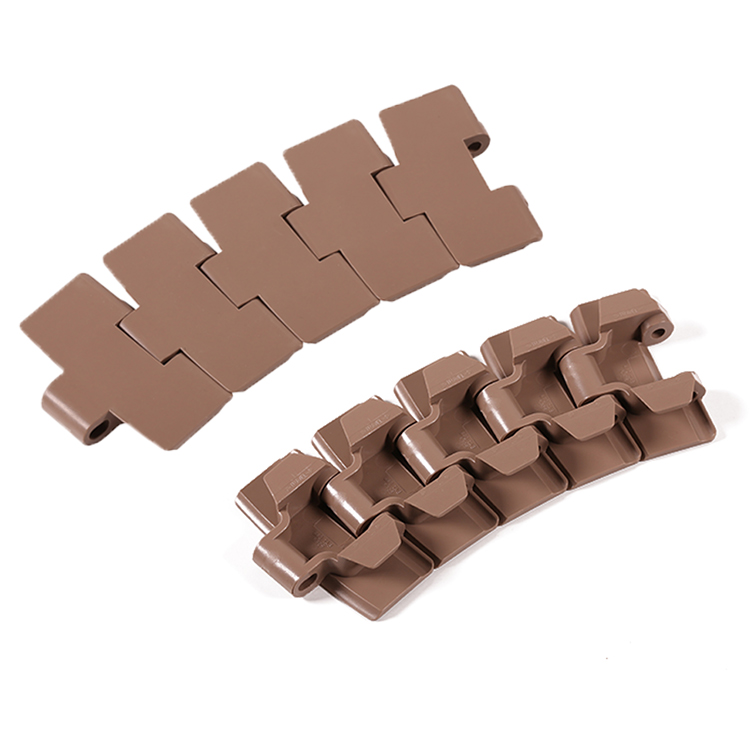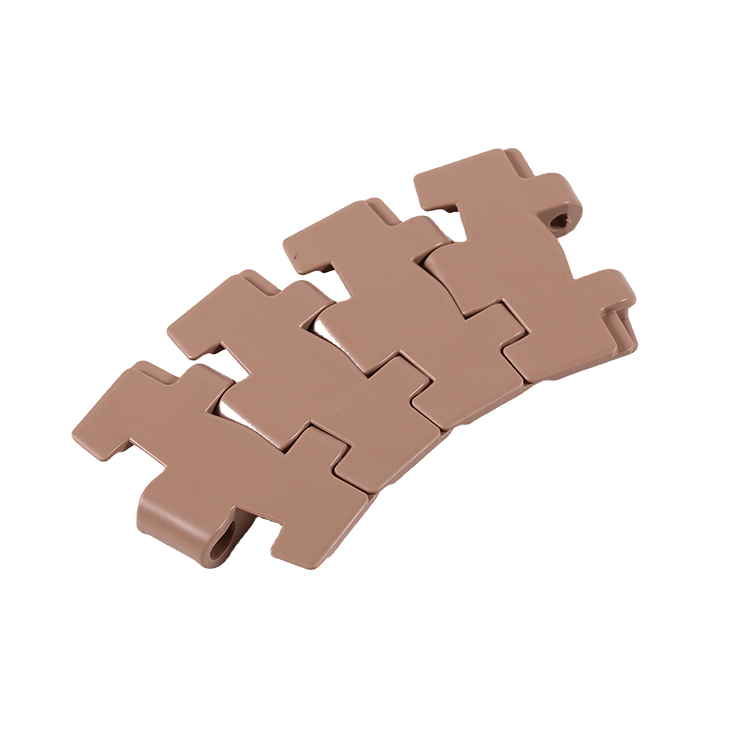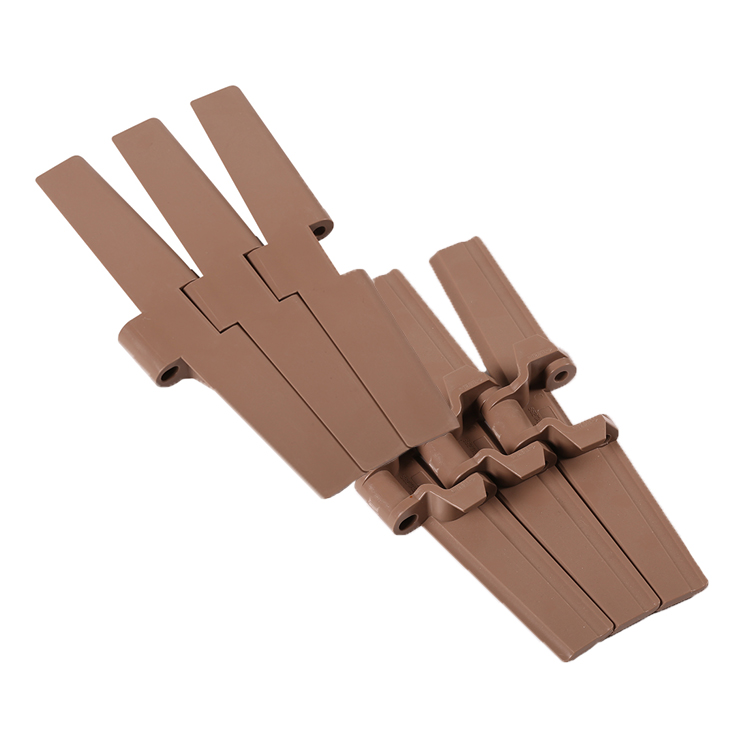Chain drives are a common mechanical transmission system used in various industrial applications. They mainly involve the use of spur or helical sprockets to transmit motion from one element to another. However, there is a specific type of chain drive that is referred to as the “side flex chain”, which is gaining popularity in recent years. In this article, we will explore the differences between side flex chains and ordinary chains, and highlight their unique features and applications.
Characteristics of Side Flex Chains
Side flex chains are a type of chain drive that differ from ordinary chains in their design and function. The most significant difference is the orientation of the chain links. In side flex chains, the links are arranged at an angle to the direction of travel, allowing them to flex sideways as well as in the longitudinal direction. This allows them to adapt to variable geometric conditions and compensate for misalignments, resulting in reduced vibrations and noise while extending the service life of the chain drive.
Comparing with Ordinary Chains
Side flex chains and ordinary chains share some common features, but also possess distinct differences. Ordinary chains are mainly designed for linear motion and are suitable for fixed sprocket wheel combinations. They are typically made up of round wire or roller chain, with links connected by pins or bushings. On the other hand, side flex chains allow for both linear and angular motions and can adapt to variable sprocket wheel combinations with misalignments. Additionally, they offer a higher degree of flexibility, enabling them to negotiate curves and negotiate various axes motion with ease.
Applications of Side Flex Chains
Ordinary chains are primarily used in fixed sprocket wheel combinations for linear motion applications such as conveyors, elevators, and machine tools. On the other hand, side flex chains are suitable for a wider range of applications that require variable sprocket wheel combinations with misalignments. Some common examples include robotics, packaging machines, textile machines, paper machines, and general machinery that require curved or angular motion transmission. Side flex chains provide improved flexibility and adaptability to variable geometric conditions, resulting in smoother operation and extended service life for these machines.
In conclusion, side flex chains offer unique features and advantages over ordinary chains, particularly in variable sprocket wheel combinations with misalignments. They provide increased flexibility, allowing for curved or angular motion transmission while reducing vibrations and noise levels. Side flex chains are finding increasing applications in various industrial fields such as robotics, packaging machines, textile machines, paper machines, and general machinery where flexible transmission is necessary.
Post time: Oct-17-2023









